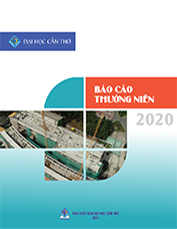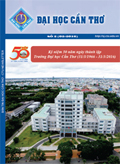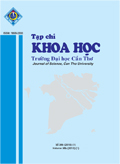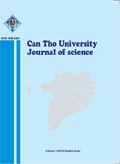Tìm kiếm thông tin |
[X] |
|
Bản tin định kỳ Báo cáo thường niên Tạp chí khoa học ĐHCT Tạp chí tiếng anh ĐHCT Tạp chí trong nước Tạp chí quốc tế Kỷ yếu HN trong nước Kỷ yếu HN quốc tế Book chapter |
Bài báo - Tạp chí
Các bài báo khác
|
|
|
|
|
|
Tạp chí khoa học Trường Đại học Cần Thơ |
|
| Chương trình chạy tốt nhất trên trình duyệt IE 9+ & FF 16+, độ phân giải màn hình 1024x768 trở lên | |






